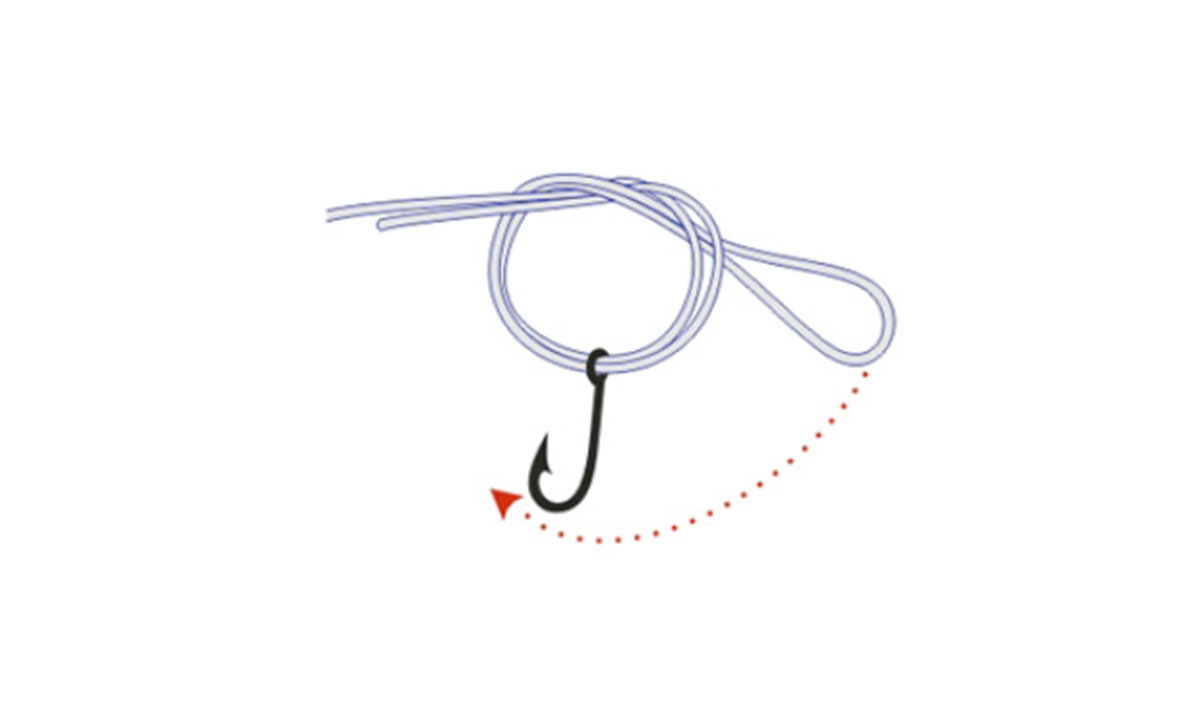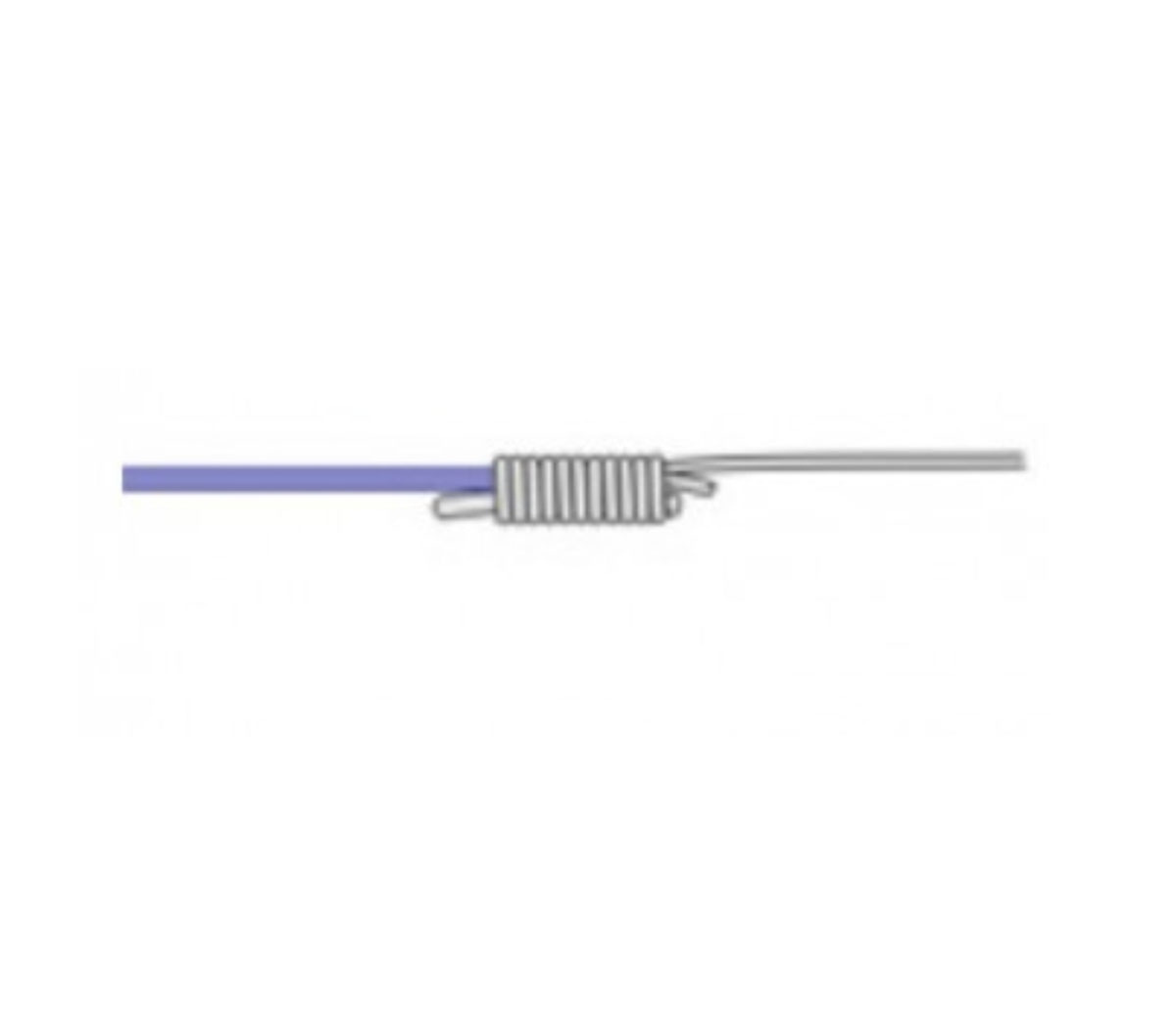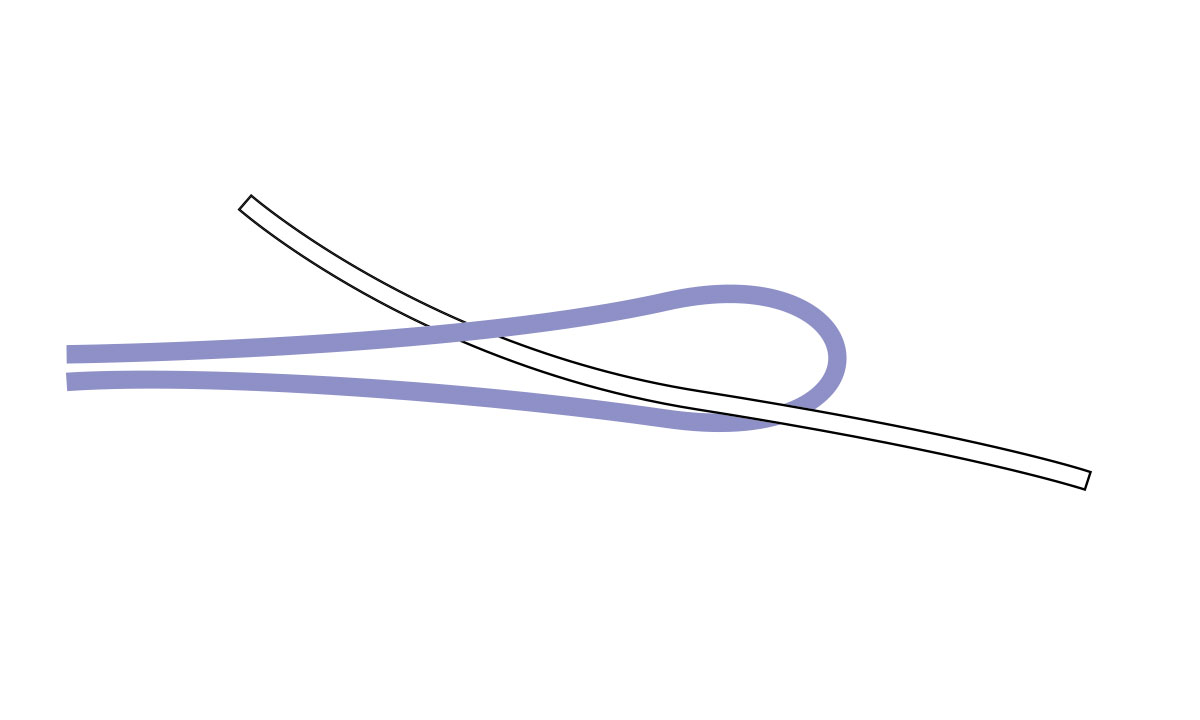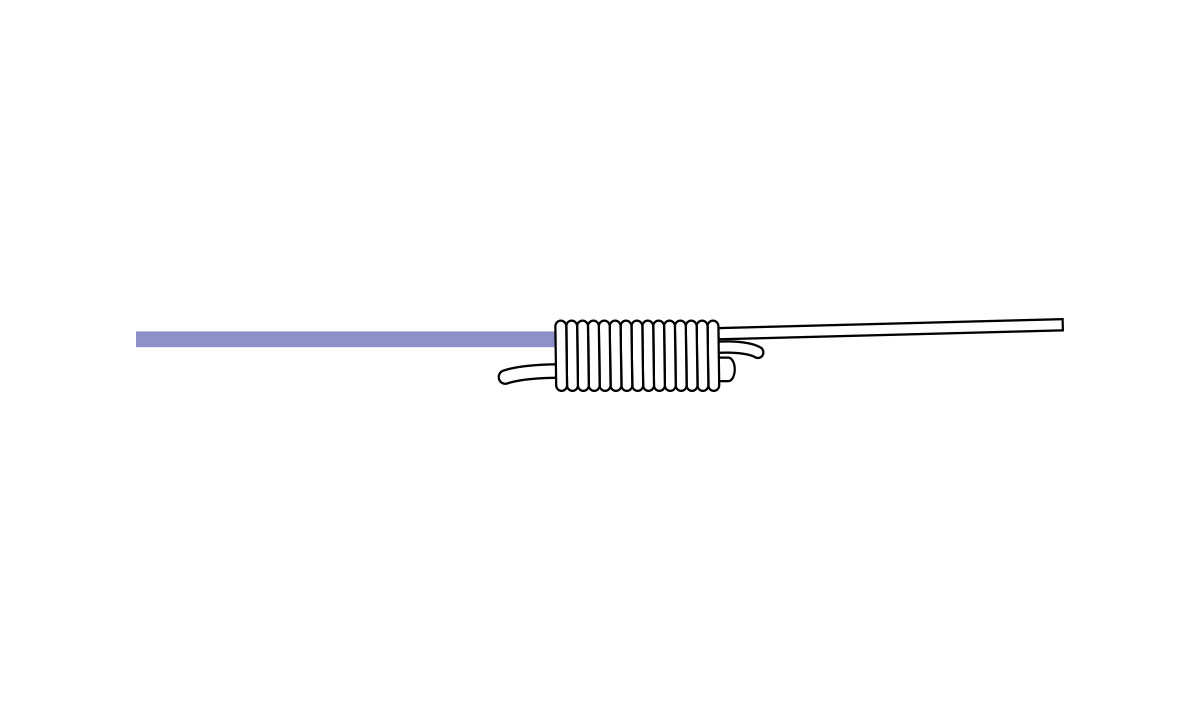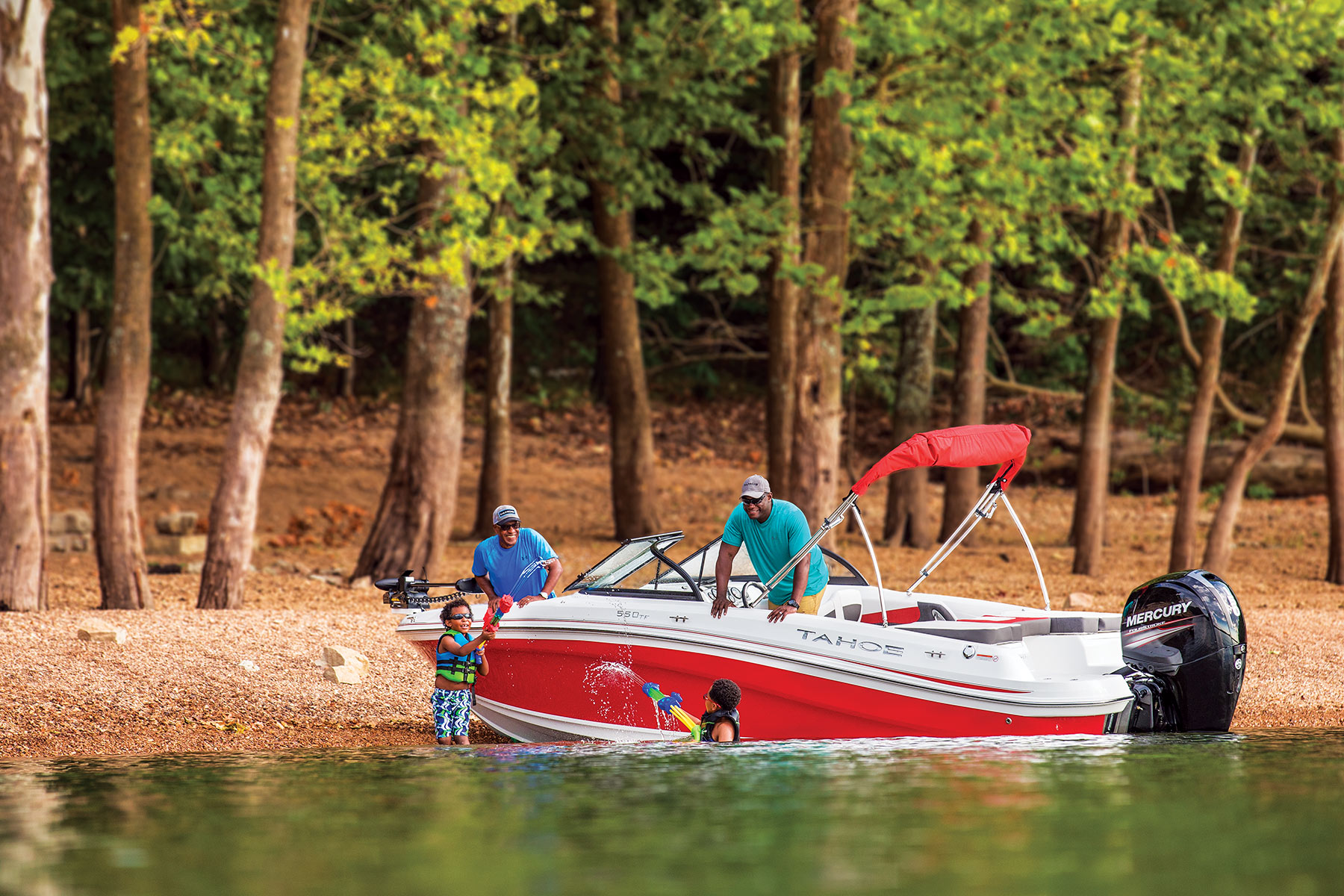STEP 1: Overlap the ends of lines to be joined. Take the end of the line from the left and double back and make 3 to 4 wraps around both lines and through the loop that was formed. Pull tag end to tighten. (Note: When tying mono to braided line, make 5 turns with the mono and 8 turns with the braid.)
STEP 2: Repeat with the end of the line on the left making the same number of wraps unless tying with braided line in which you should double the number of wraps.
STEP 3: You have now tied two Uni knots. Pull the standing lines in opposite direction to slide the two knots together.
STEP 4: Clip ends close to the knot.



